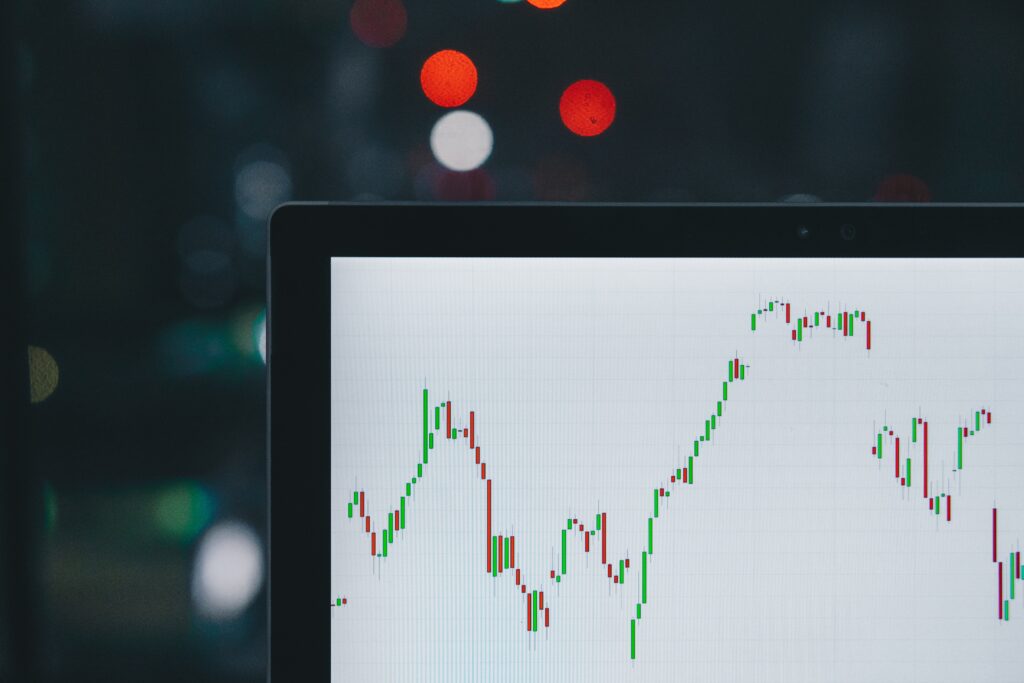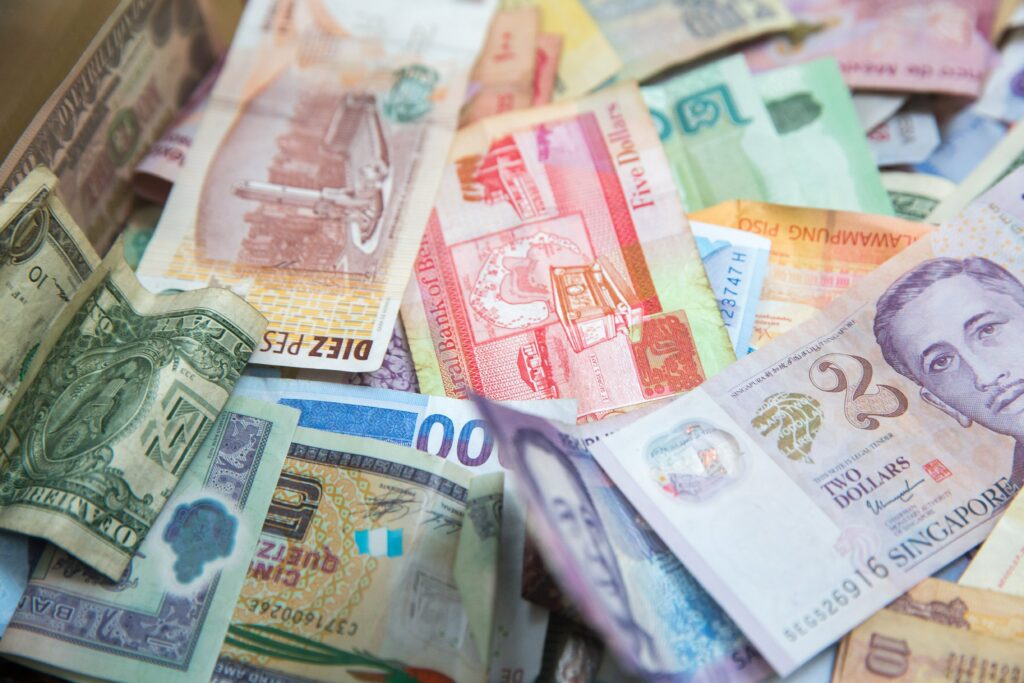
China’s commodity financing deals
Chinese commodity financing deals exemplify how regulation and circumvention can distort more than one major market. These transactions have been a means for circumventing capital controls and facilitated short USD-CNY carry trades. Thereby they generated capital inflows into China, and distorted demand for physical metals (particularly copper) vis-a-vis futures. As China’s State Administration of Foreign Exchange (SAFE) has issued new regulation to curb these transactions, rapid unwinding might cause reverse distortions.







